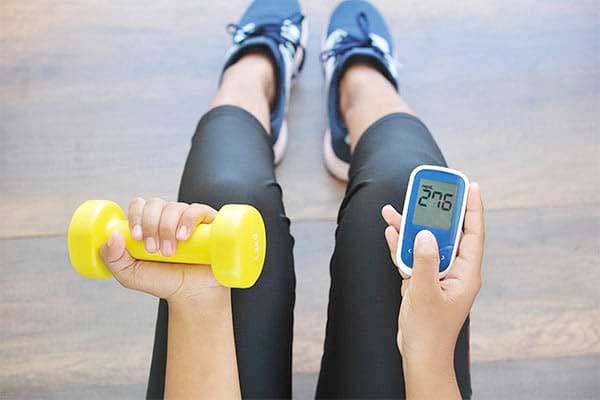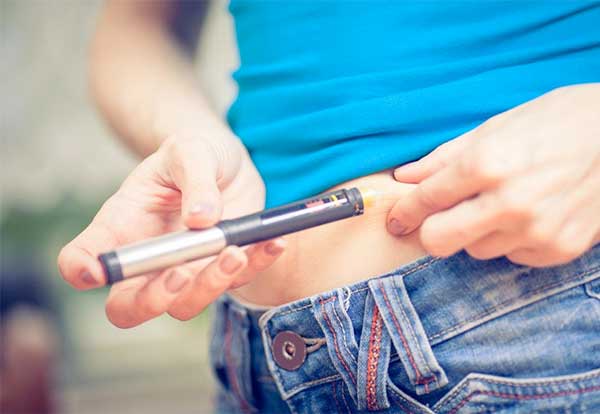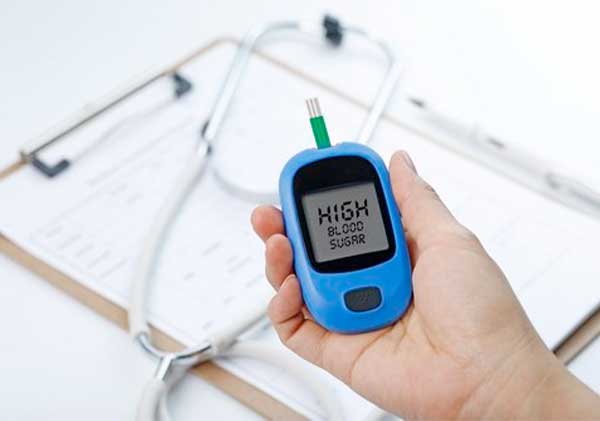Eating too many carbs
For some reason, carbohydrates have gotten a bad rap in diet fads in recent years. Carbohydrates are an important source of energy for the human body, but their impact on blood sugar levels is worrying. While it’s okay to eat foods high in carbohydrates in moderation, it can be especially challenging for people with diabetes to control their carbohydrate levels. Eating too many carbohydrates, especially simple carbohydrates such as sugar and white bread, can cause blood sugar levels to rise rapidly, leading to insulin resistance and potential health complications. However, it is important to note that consuming carbohydrates is not inherently bad, and monitoring your intake is crucial. Eating bread is not a sin, but it is necessary to watch how much you eat to maintain healthy blood sugar levels.

Don’t exercise regularly
Exercise is hard to do, but it doesn’t have to be going to the gym or running. Find something you enjoy doing so it’s easier for you to stick to, such as hiking, walking, mowing, or even doing chores. Regular exercise is important for diabetes. Exercise can improve insulin sensitivity, lower blood sugar levels, and lower bad cholesterol levels. Many people with diabetes do not exercise regularly, which can lead to poor management of blood sugar levels and increase the risk of complications. Exercising for 30 minutes a day and doing something that makes you feel a little out of breath will also help your mental health.

Take medication against doctor’s advice
Diabetes treatment requires medication. This should be obvious. The pancreas cannot metabolize sugar properly, and the liver releases too much untreated sugar. Despite this, many people with diabetes do not take their medications as prescribed. The fast-acting insulin – Humalog – kicks in within 15 minutes, but diabetics often take too much to lower their blood sugar faster. As a result, blood sugar levels may be poorly managed and the risk of complications may increase as a result. It is best to balance your diet by taking a small amount of insulin at first, and later you can take more.
